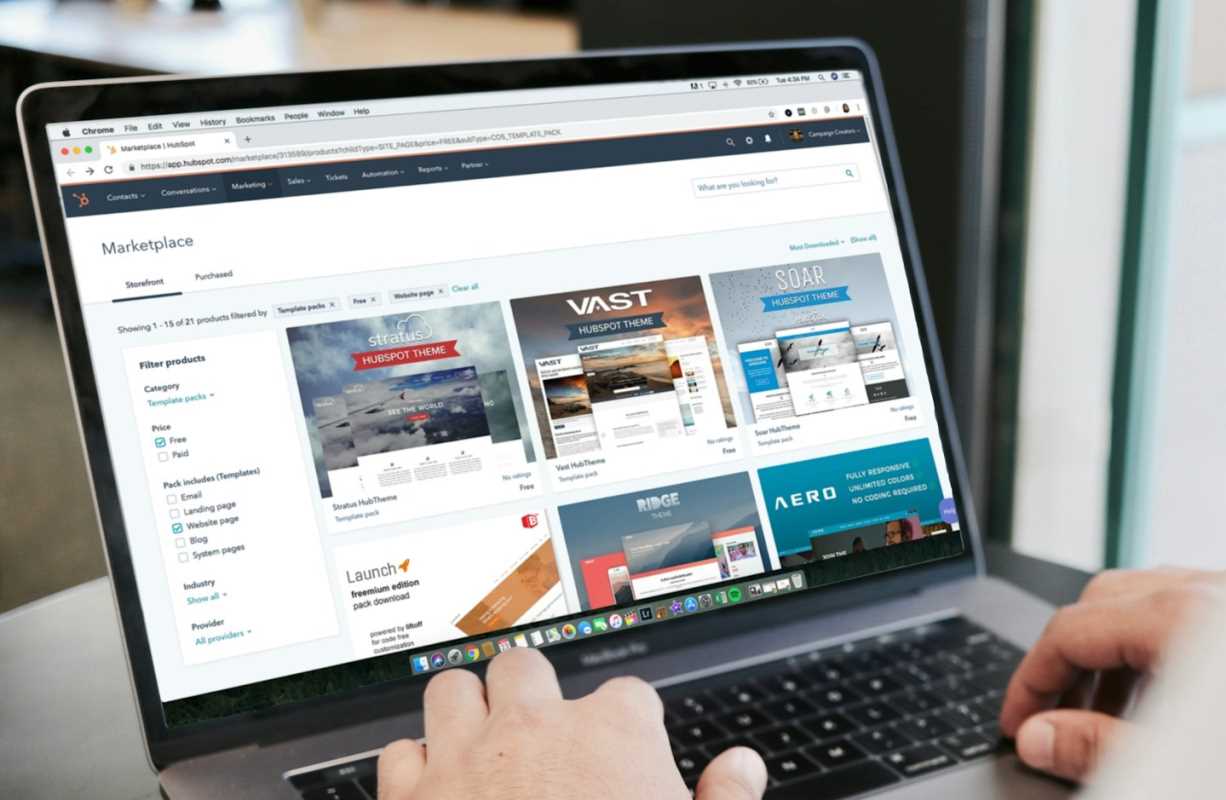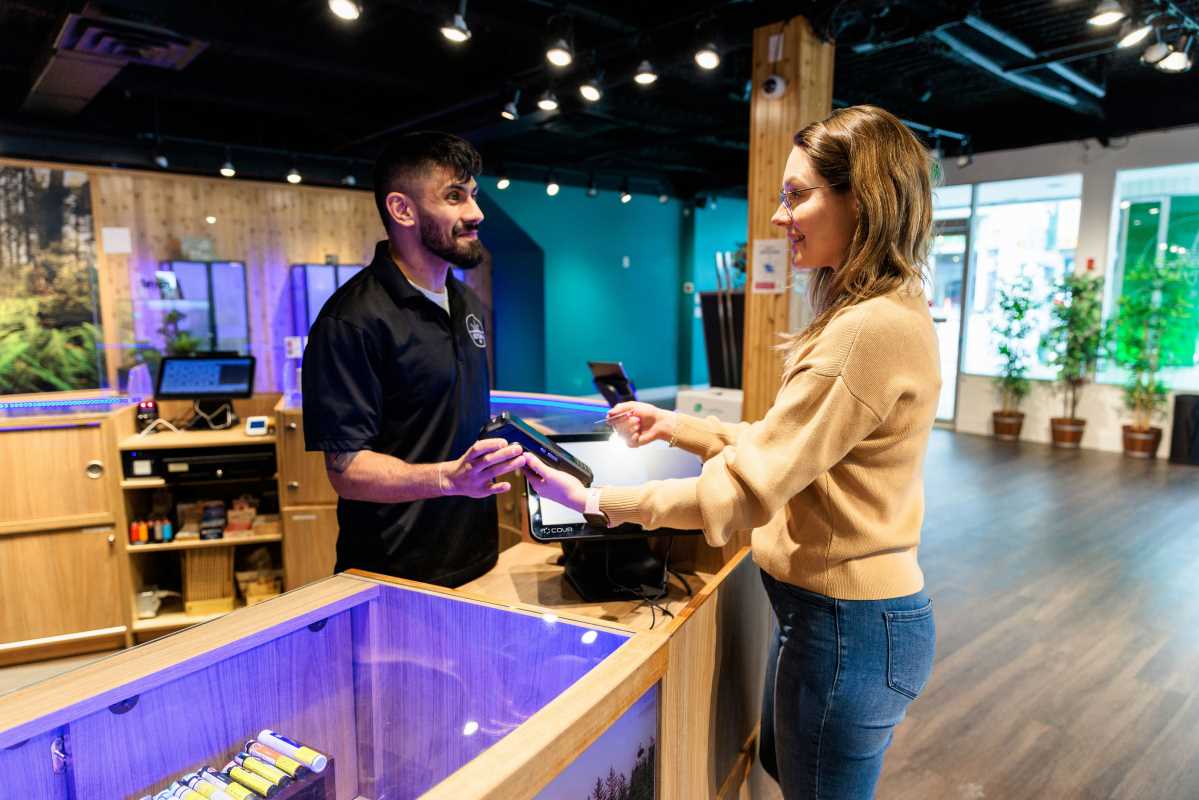Building customer loyalty goes beyond offering great products or services; it requires creating meaningful, personalized experiences that resonate with your audience. Personalized marketing has emerged as one of the most effective tools to achieve this. Today’s business landscape is more competitive than ever, and customers expect brands to understand their preferences, needs, and shopping behaviors. Relying on generic advertising no longer works in a world where personalization drives decision-making. By tailoring your marketing strategies, you can establish trust, foster deeper relationships, and encourage repeat business. For business owners, personalized marketing isn’t just a trend; it’s a powerful strategy for growth. We will explore actionable tips to implement personalization effectively, helping you connect with customers on a deeper level and secure their loyalty in a competitive marketplace.
Why Personalization Matters
Modern customers want to feel valued by the businesses they support. One way to show this is through personalized marketing that uses data to tailor experiences to their individual preferences. For example, instead of sending the same promotional email to all your customers, you could use purchase history to recommend relevant products to each person.
According to a 2025 study by the XM Institute, 64% of consumers are more likely to buy from companies that customize experiences to their wants and needs. Research by Deloitte shows that 80% of consumers prefer personalized experiences and are willing to spend 50% more with brands that offer these tailored interactions. By focusing on personalization, businesses can attract and keep loyal customers while driving measurable growth.
Tips for Effective Personalized Marketing
1. Collect and Use Customer Data Wisely
The foundation of any personalized marketing strategy is data. To understand your customers’ preferences, you need insights from sources such as:
- Customer Surveys: Directly ask customers about their preferences.
- Website Analytics: Use tools like Google Analytics to monitor user behaviors on your site.
- Transaction Records: Study purchase history to identify patterns in customer interests.
Remember that customers are also protective of their privacy. Be transparent about how you use their data and ensure secure handling practices. Clear communication builds trust and encourages customers to share valuable information.
2. Segment Your Audience for Targeted Campaigns
Rather than treating all customers the same, group them into smaller segments based on shared characteristics. These could include age, location, past purchases, or even shopping habits. Segmenting your audience makes your campaigns more relevant and impactful.
For instance, an online retailer could promote discounts for parents looking for school supplies while offering tailored marketing for fitness enthusiasts looking for gym equipment. This approach ensures that the right message reaches the right people.
3. Refine Your Email Marketing
Email is one of the best tools for personalized marketing. Sending highly targeted emails will drive better results than generic messages. Strategies to improve email personalization include:
- Behavior-Triggered Emails: If someone leaves an item in their cart, send a reminder email with a small discount.
- Dynamic Content: Use software tools to include individualized product recommendations or promotions based on a recipient’s browsing history.
- Milestones: Celebrate customer birthdays, anniversaries, or rewards program milestones with exclusive offers.
By offering timely and relevant emails, you boost engagement and build rapport with your audience.
4. Build Tailored Loyalty Programs
Loyalty programs are excellent for retaining customers, but personalization takes them to the next level. For example, instead of offering generic rewards, consider allowing members to choose their perks, such as free shipping, customized offers, or early access to products.
You can also analyze loyalty program data to send timely, personalized incentives. For example, if a frequent customer hasn’t made a purchase recently, you could send a discount on their favorite category of products. These thoughtful touches help reinforce loyalty.
5. Use Data-Driven Retargeting
Retargeting allows you to re-engage customers who interacted with your brand but didn’t make a purchase. Platforms like Facebook Ads and Google Ads allow businesses to use data to show tailored ads to specific users.
For instance, someone who browsed holiday travel deals but didn’t book can be shown an ad featuring a limited-time discount on airfare. By reminding customers of their interest and offering an incentive, you increase the likelihood of conversion.
6. Leverage Artificial Intelligence (AI)
According to XM Institute’s research, customers respond positively to AI-driven personalization tools such as chatbots and product recommendations. Integrating AI into your marketing efforts can streamline personalization at scale. Here’s how:
- AI Chatbots: These can provide instant, personalized responses to customer questions, improving service quality.
- Product Recommendations: Based on previous purchases or browsing behavior, suggest products that align with customer preferences.
- Predictive Insights: AI can analyze patterns to forecast future needs, allowing you to offer proactive solutions.
AI tools make it easier to deliver the right message to the right customer without overwhelming your team’s resources.
7. Engage Through Social Media
Social media platforms are perfect for creating personalized interactions with customers. One simple way to add a personal touch is by responding to comments and messages promptly. Doing so shows that your brand listens and values individual feedback.
You can also use advanced ad targeting on platforms like Instagram or Twitter to narrow down your audience based on location, interests, or past engagement. Sharing user-generated content (such as customer photos or reviews) fosters connection and makes customers feel like part of your brand’s story.
Overcoming Challenges in Personalization
While personalization offers many benefits, it’s not without its challenges. Collecting and managing customer data can raise privacy concerns. To address this, ensure your data collection methods follow relevant regulations, and communicate clearly with customers about how their information will be used.
Balancing the scale and depth of personalization is another hurdle. Start small, with segmented email campaigns or a simple loyalty program enhancement, and gradually expand as you gain confidence and insights.
Personalized marketing is essential for building customer loyalty in today’s competitive marketplace. It helps businesses stand out by creating meaningful and relevant interactions. Start by understanding your customers through data, segment your audience, and tailor your marketing efforts for maximum impact. Whether it’s through email, loyalty programs, or AI technology, personalizing your approach ensures stronger connections and long-term success.
Remember, you don’t need to implement every strategy at once. Focus on one or two areas, monitor the results, and expand as you grow. With consistent effort and thoughtful execution, personalized marketing can transform how customers perceive and engage with your brand.
 (Image via
(Image via





